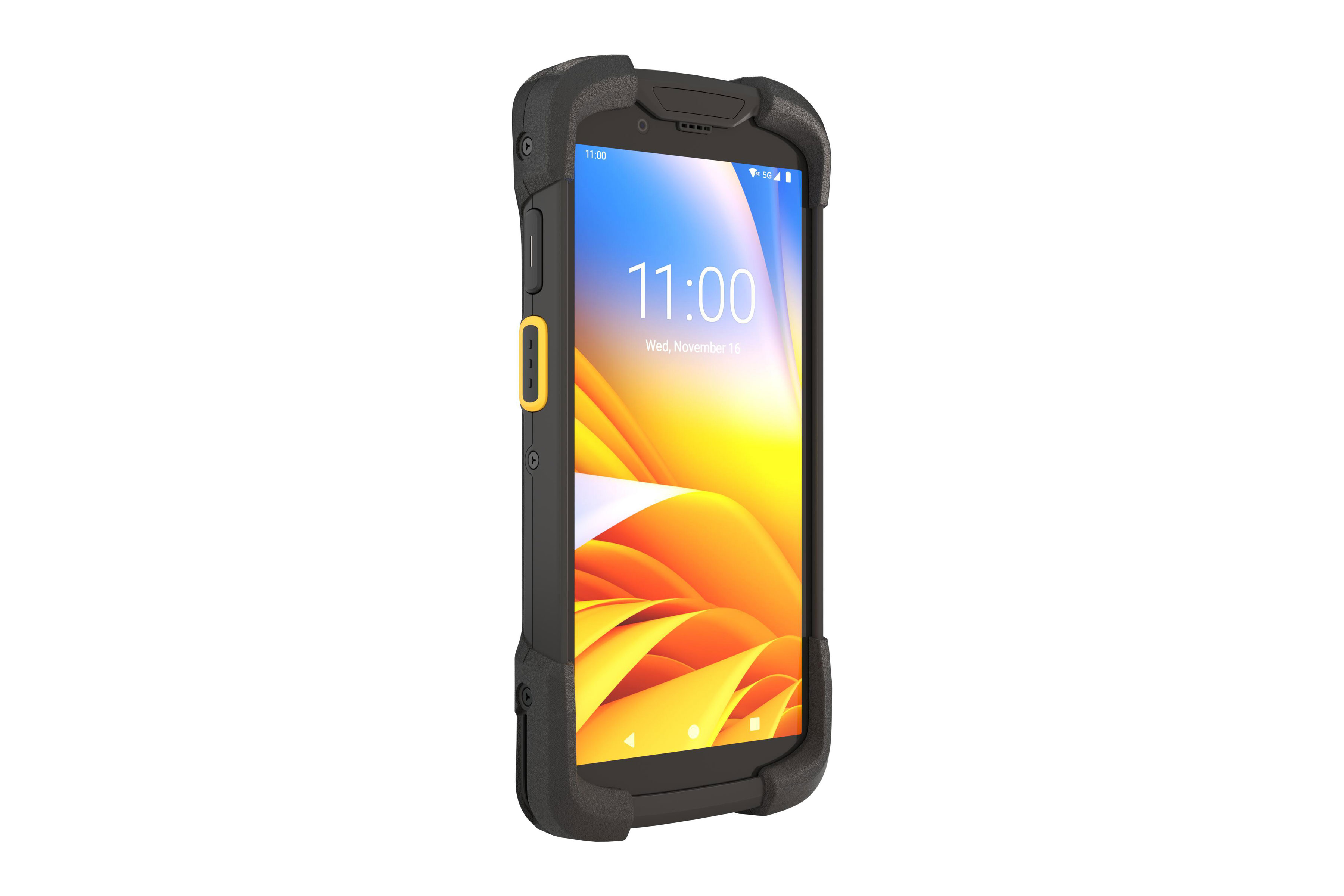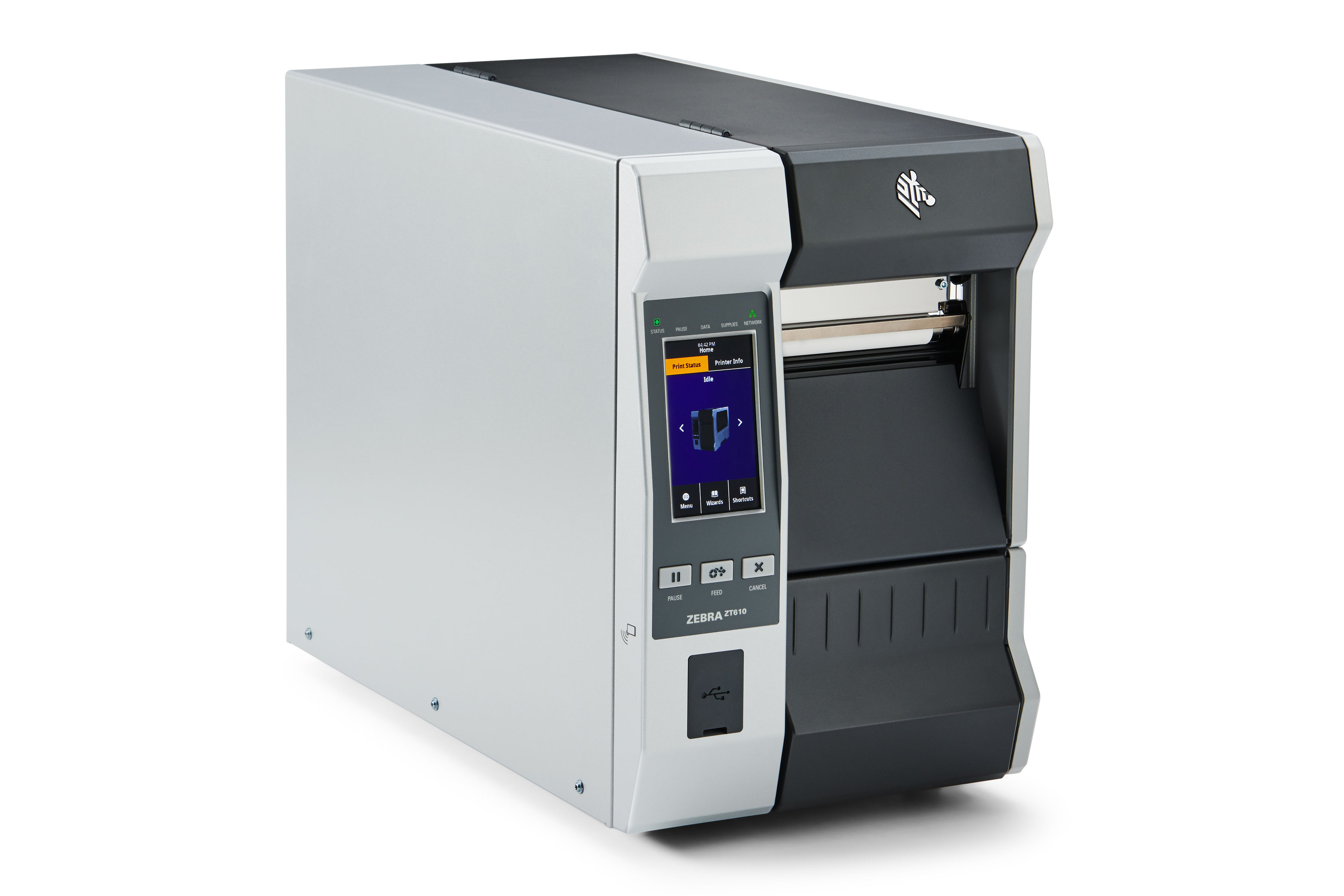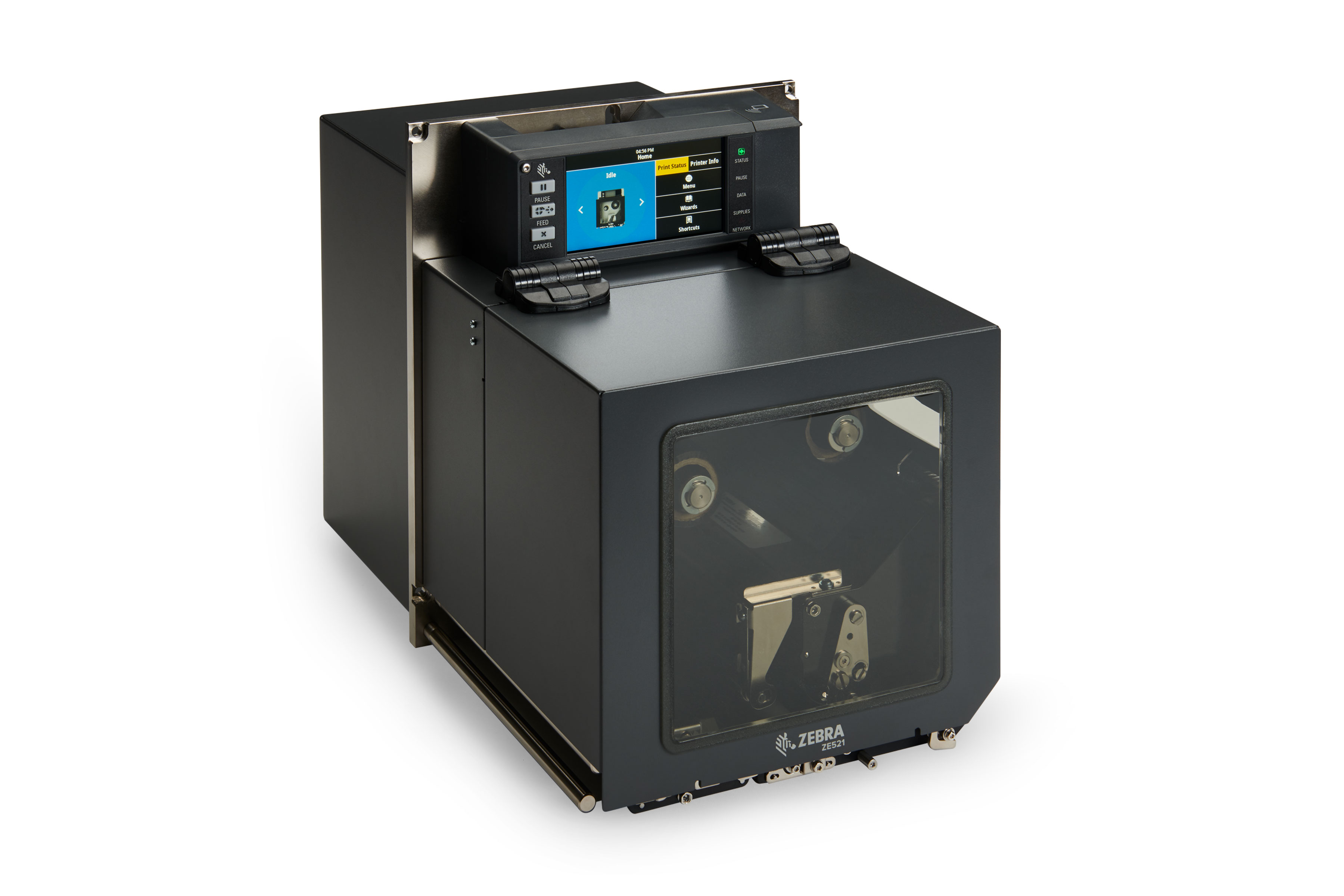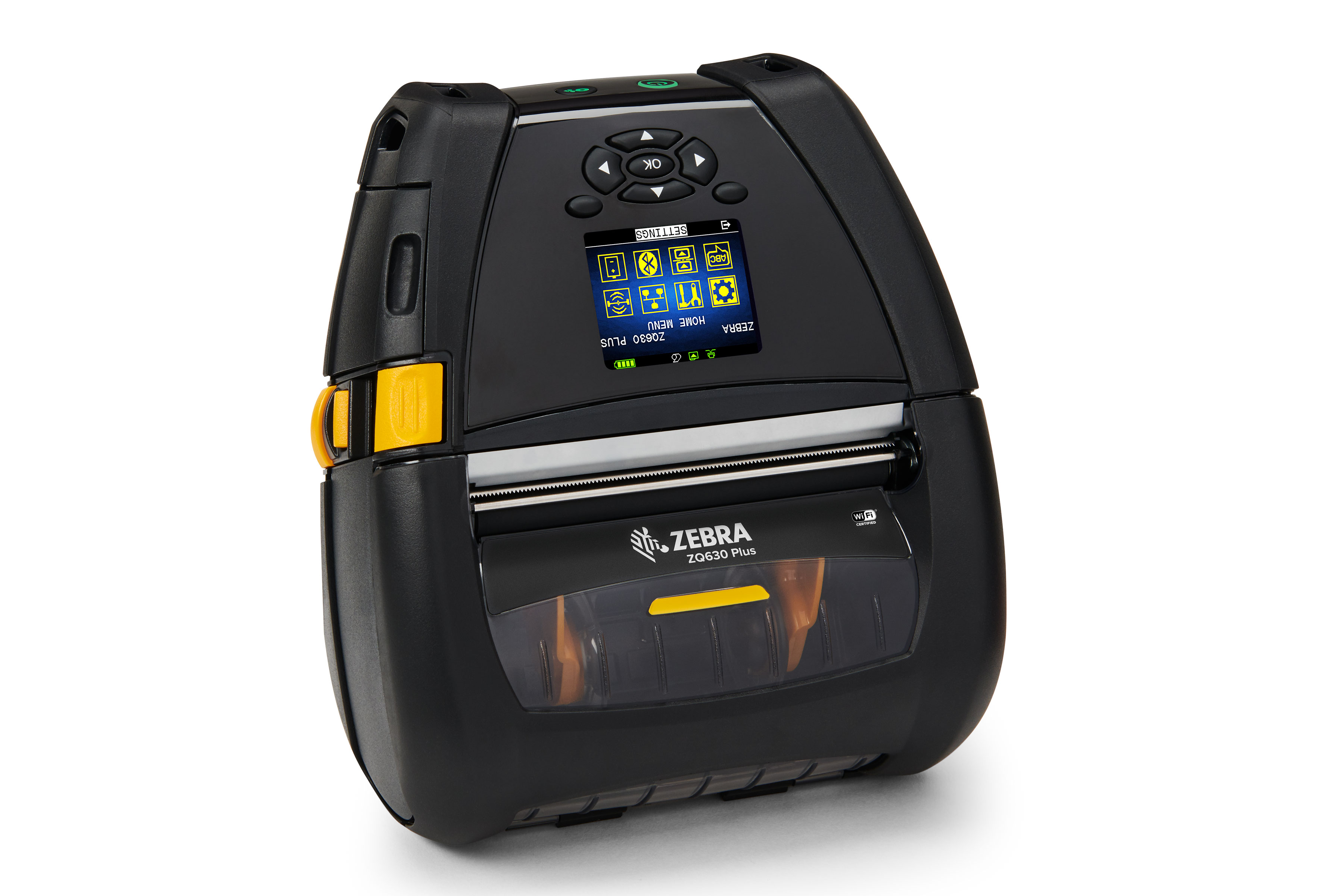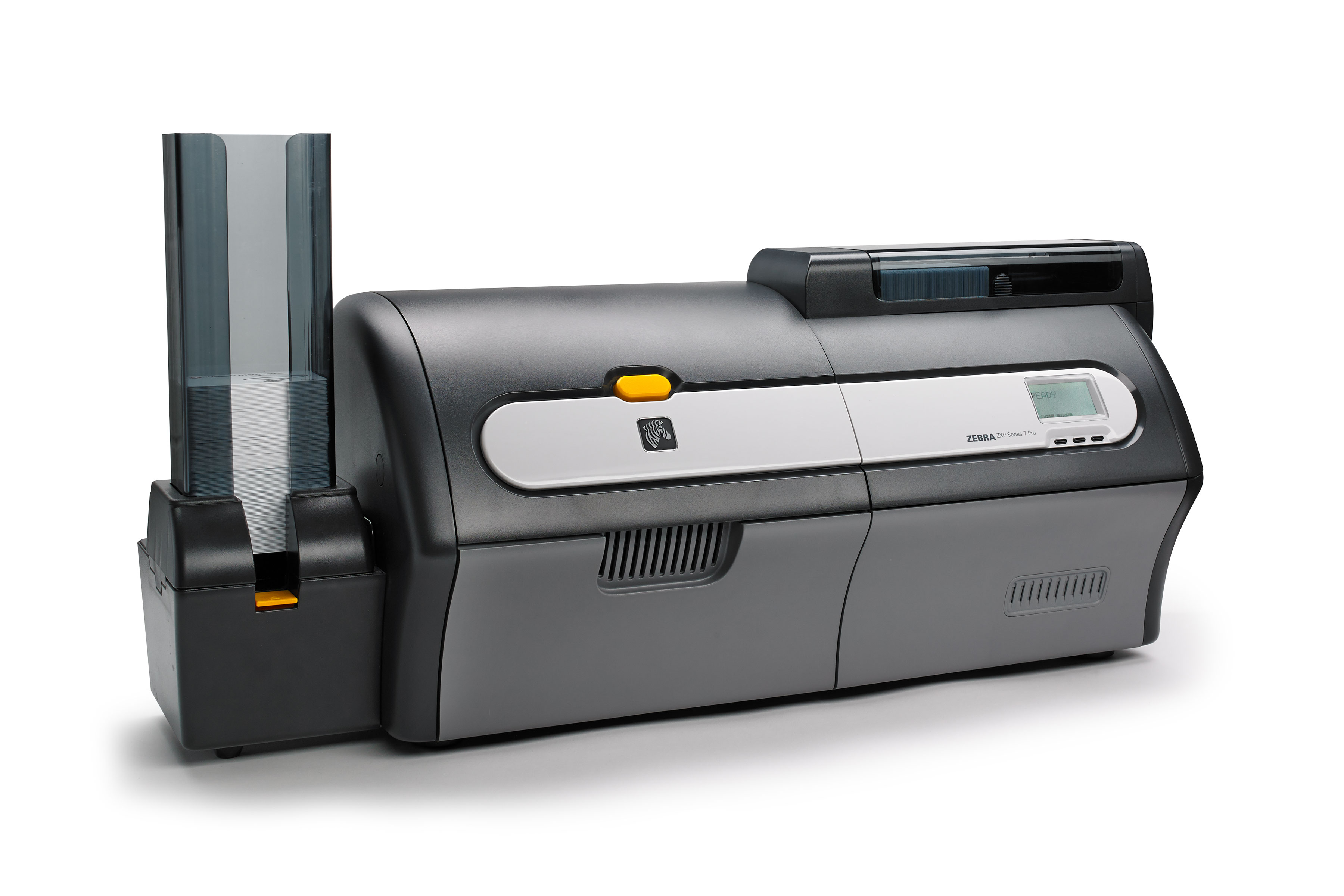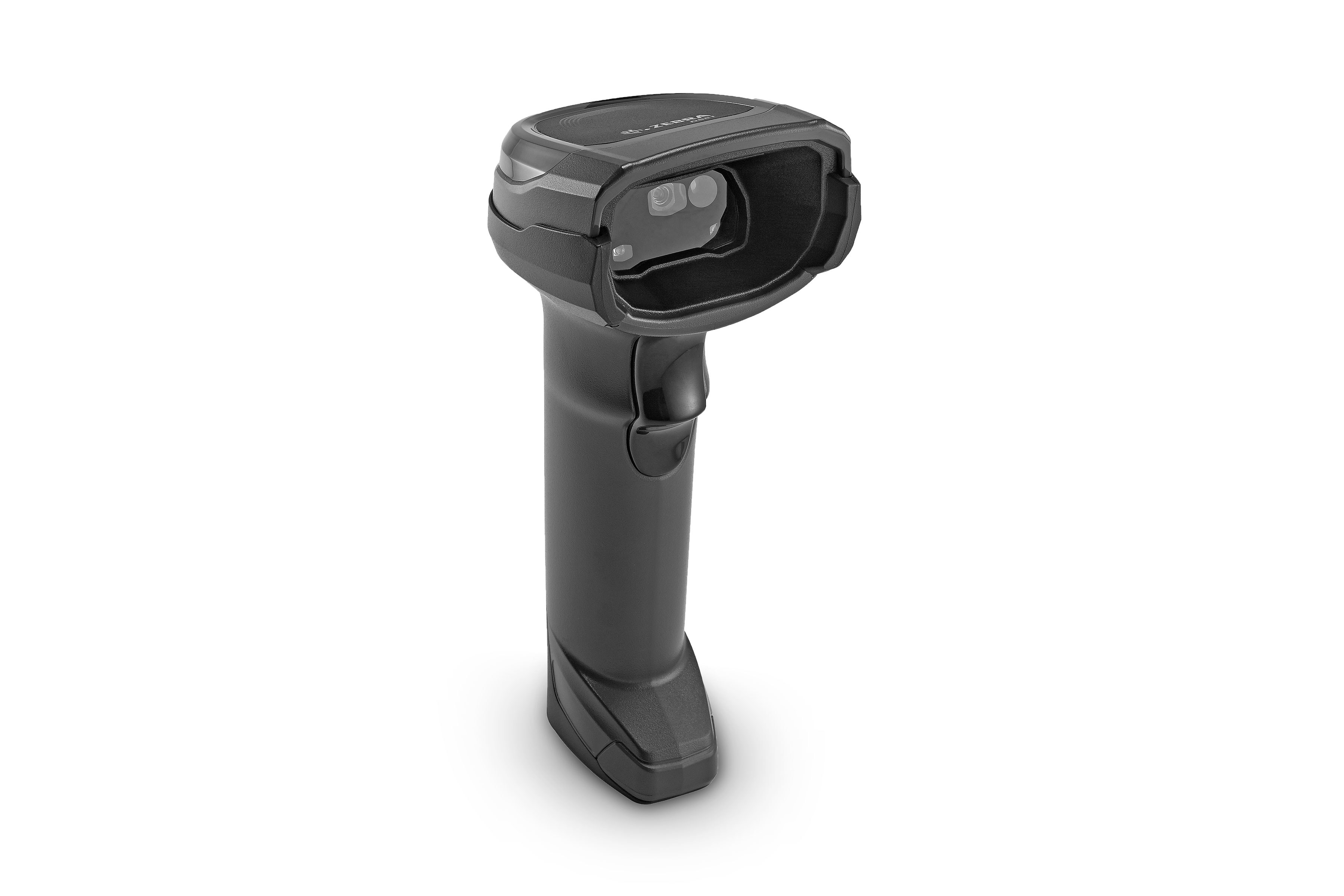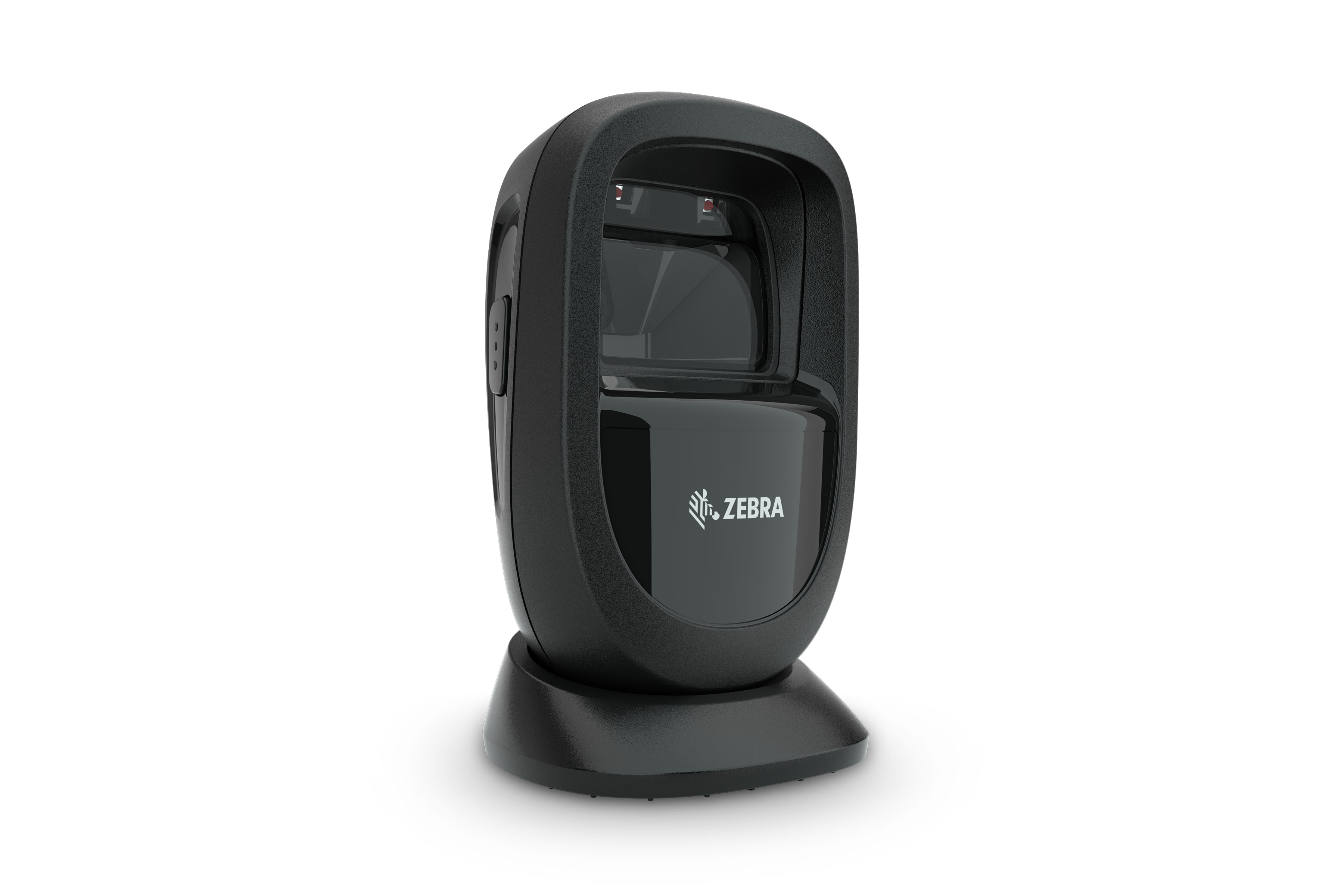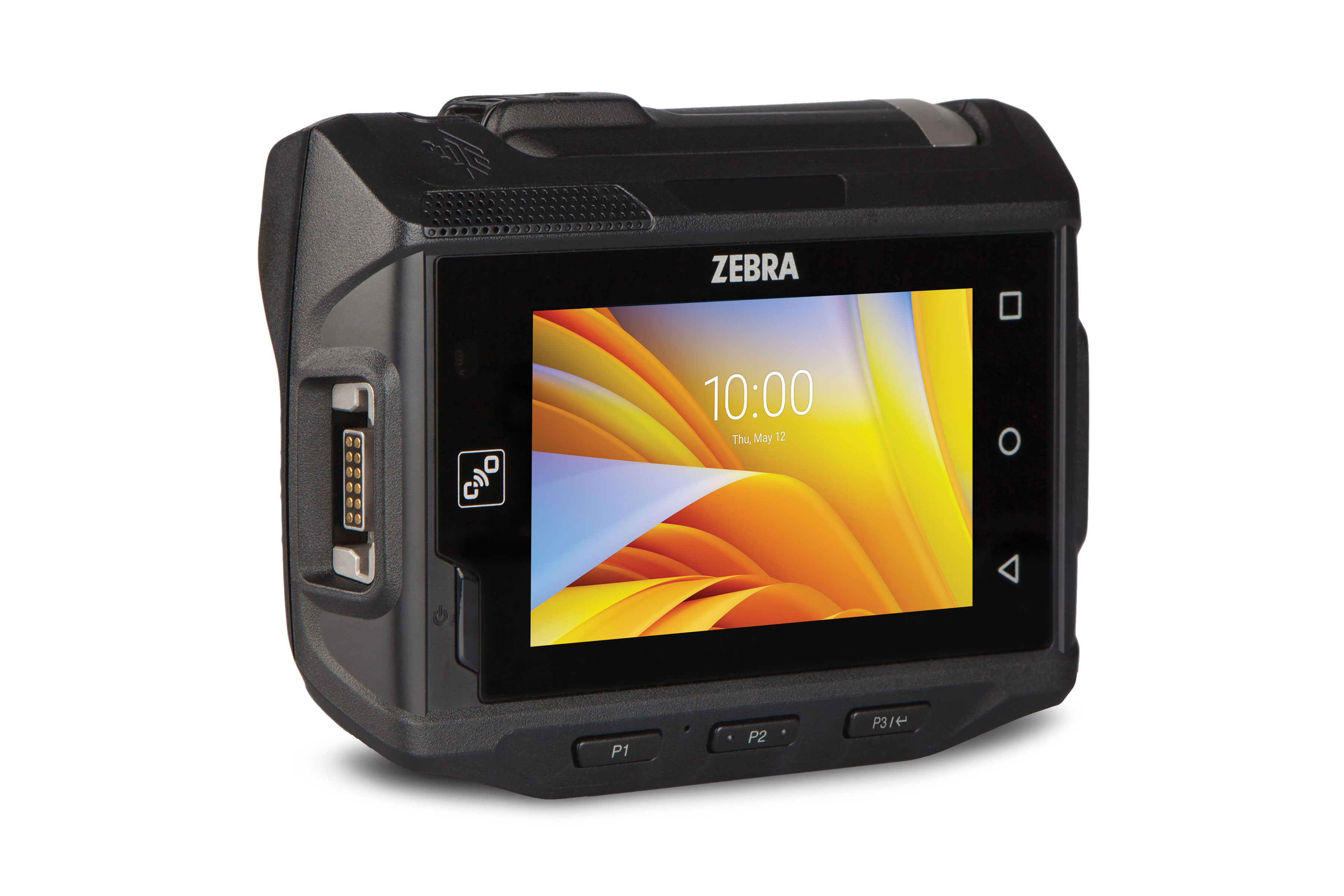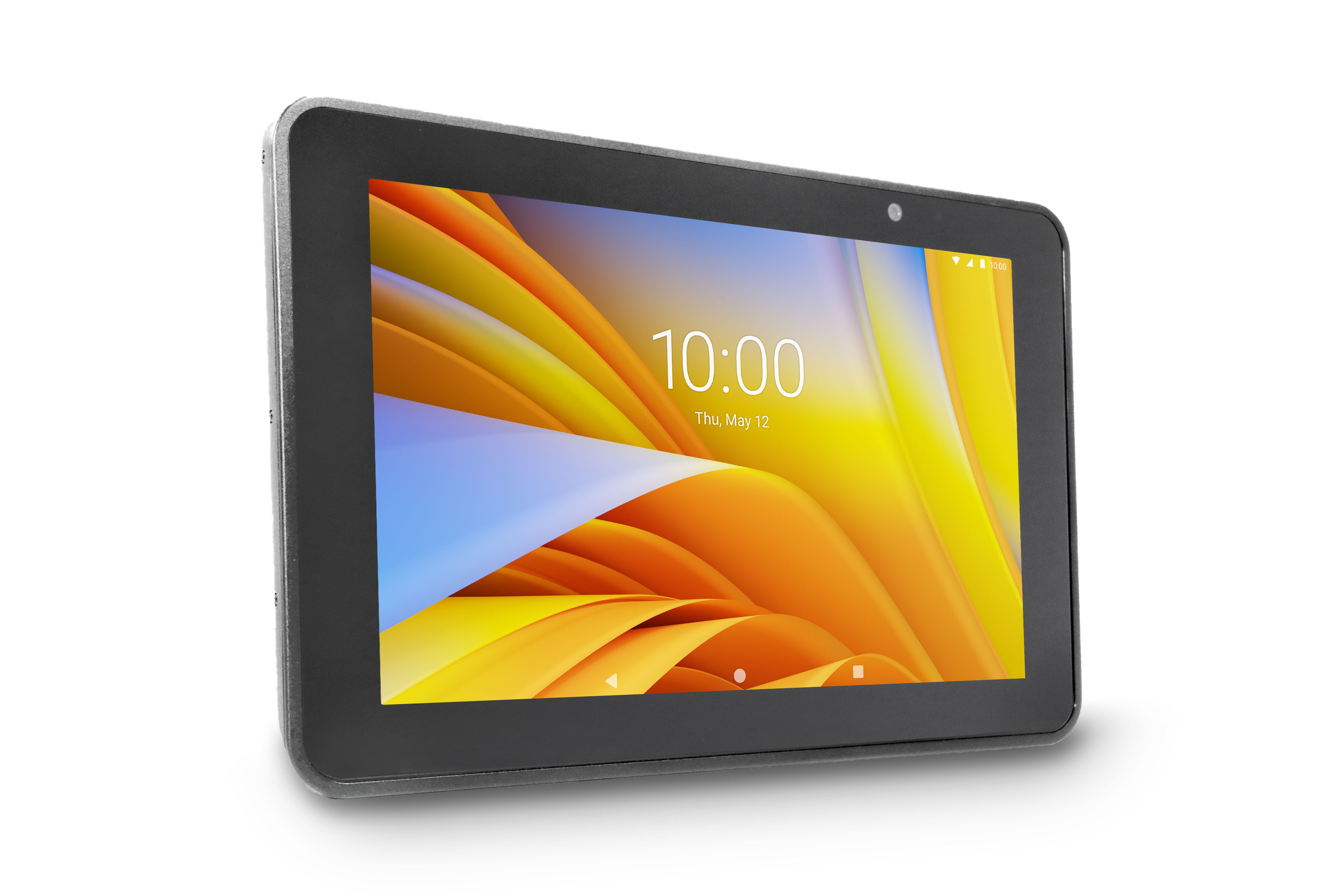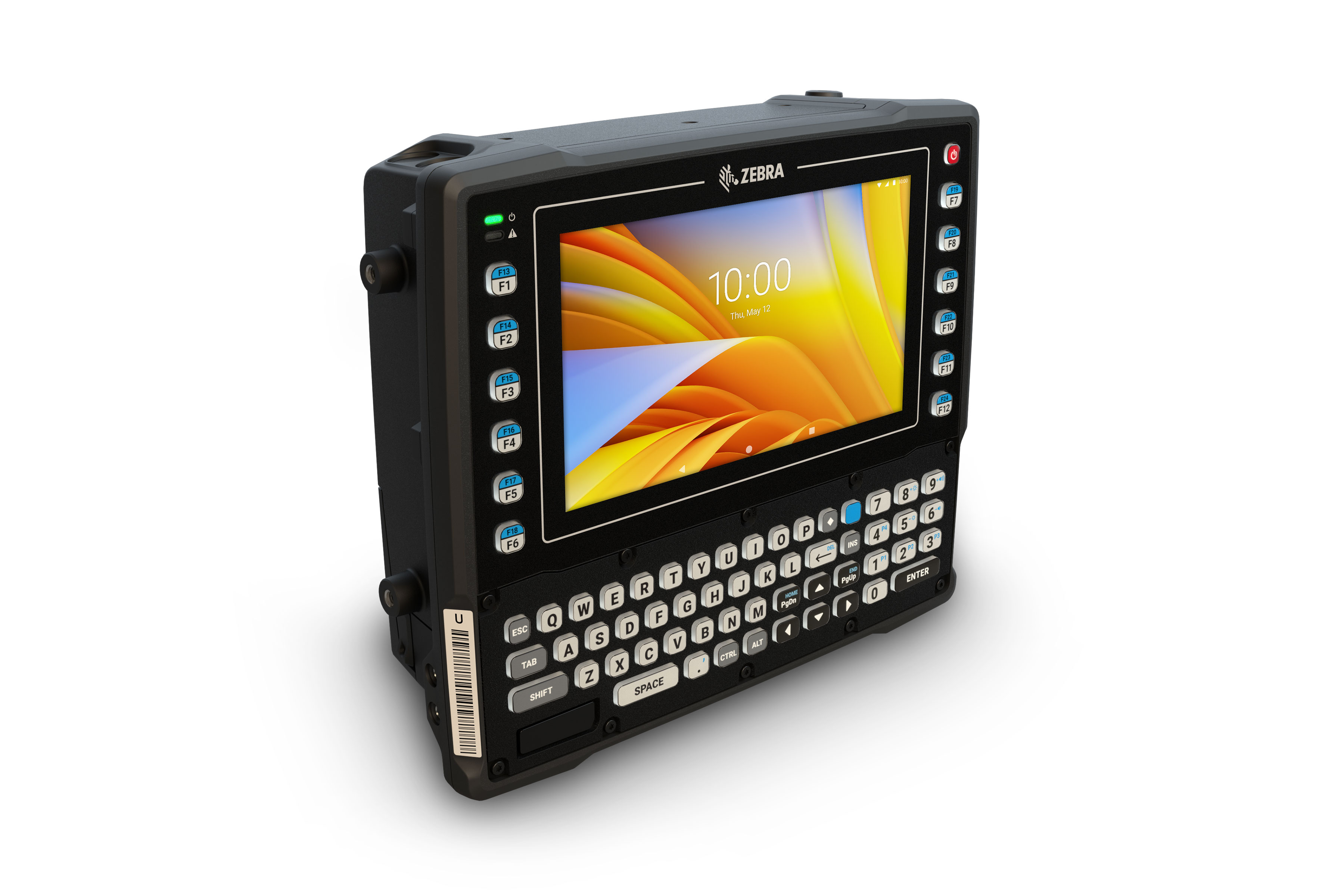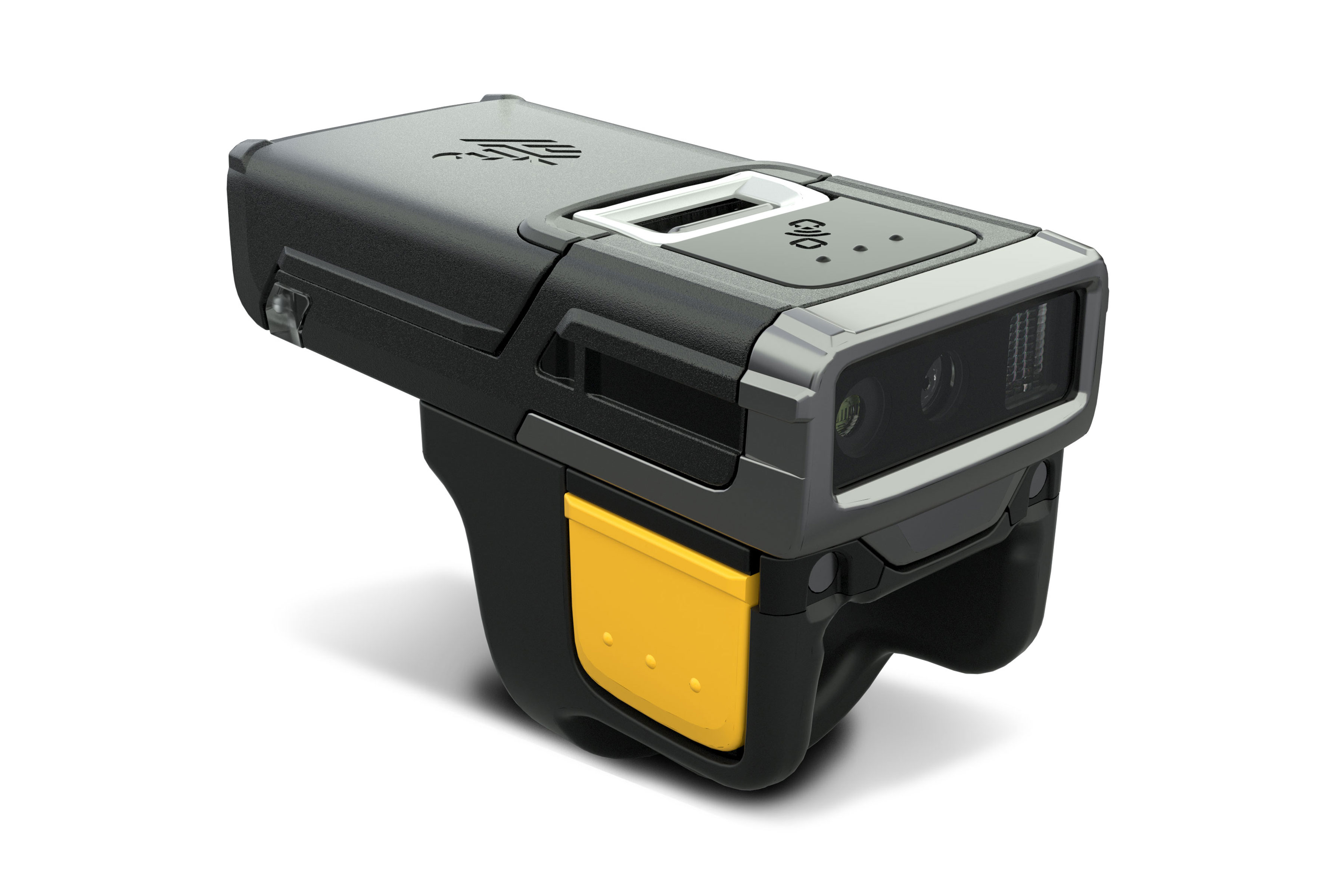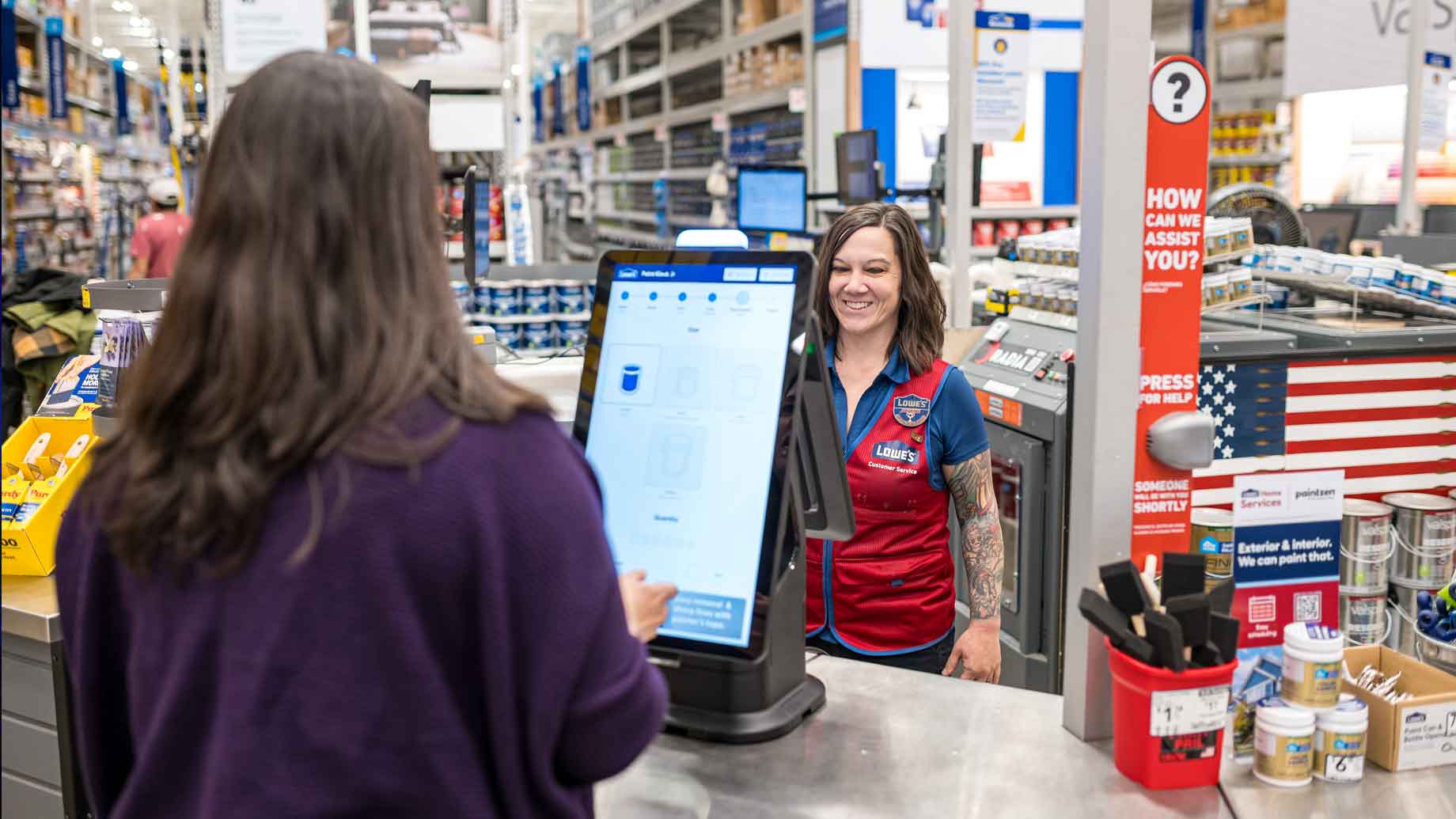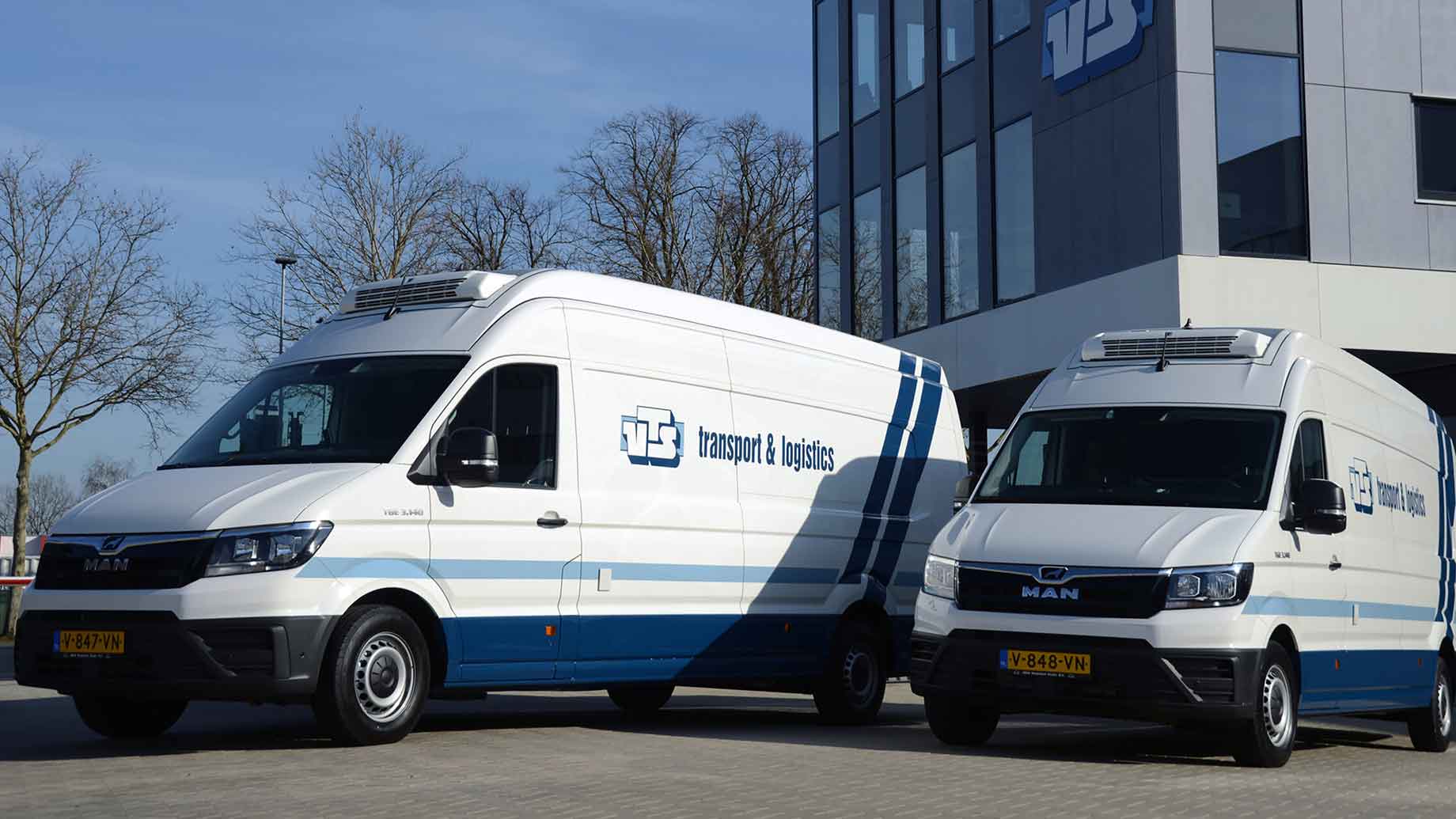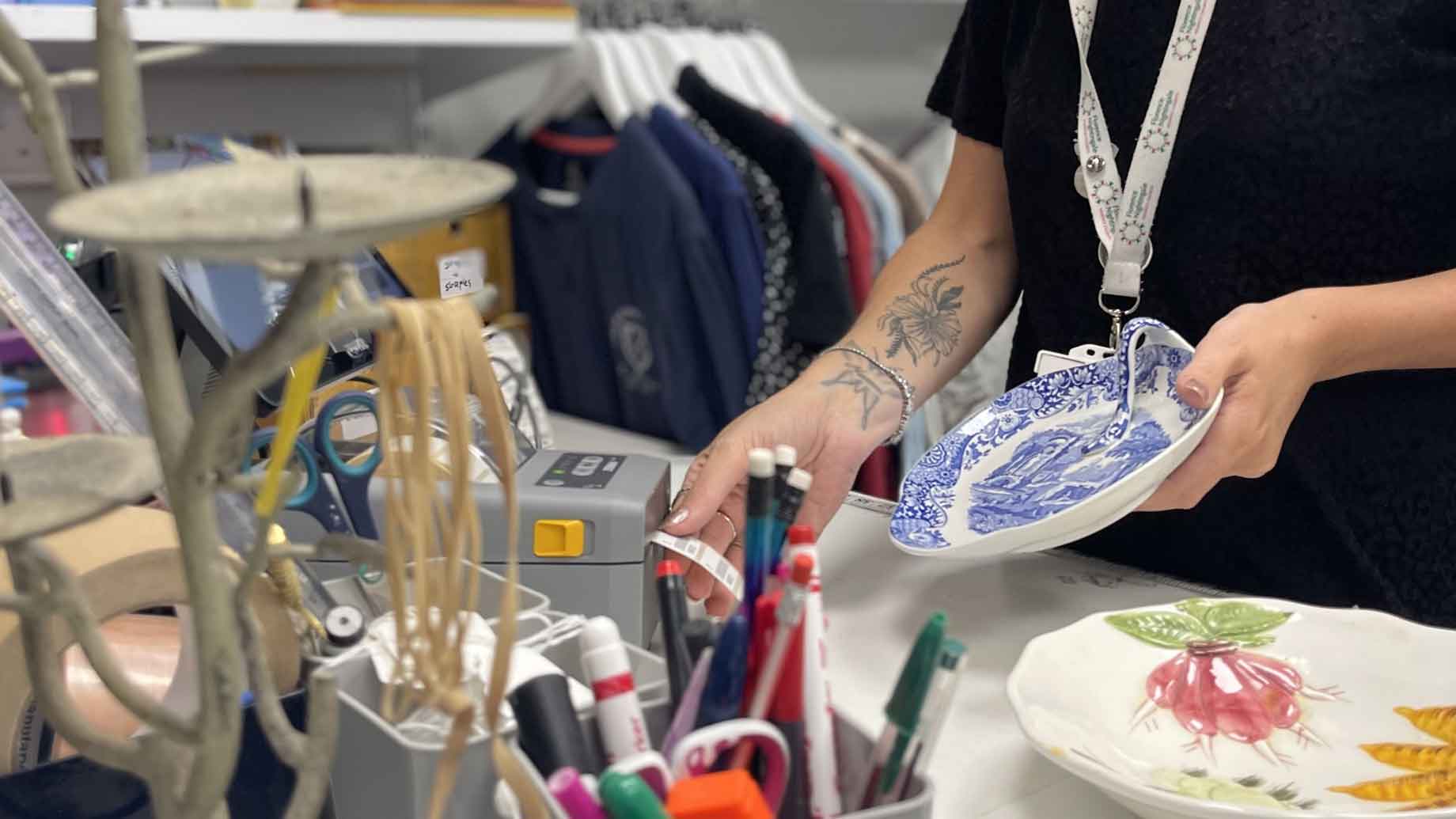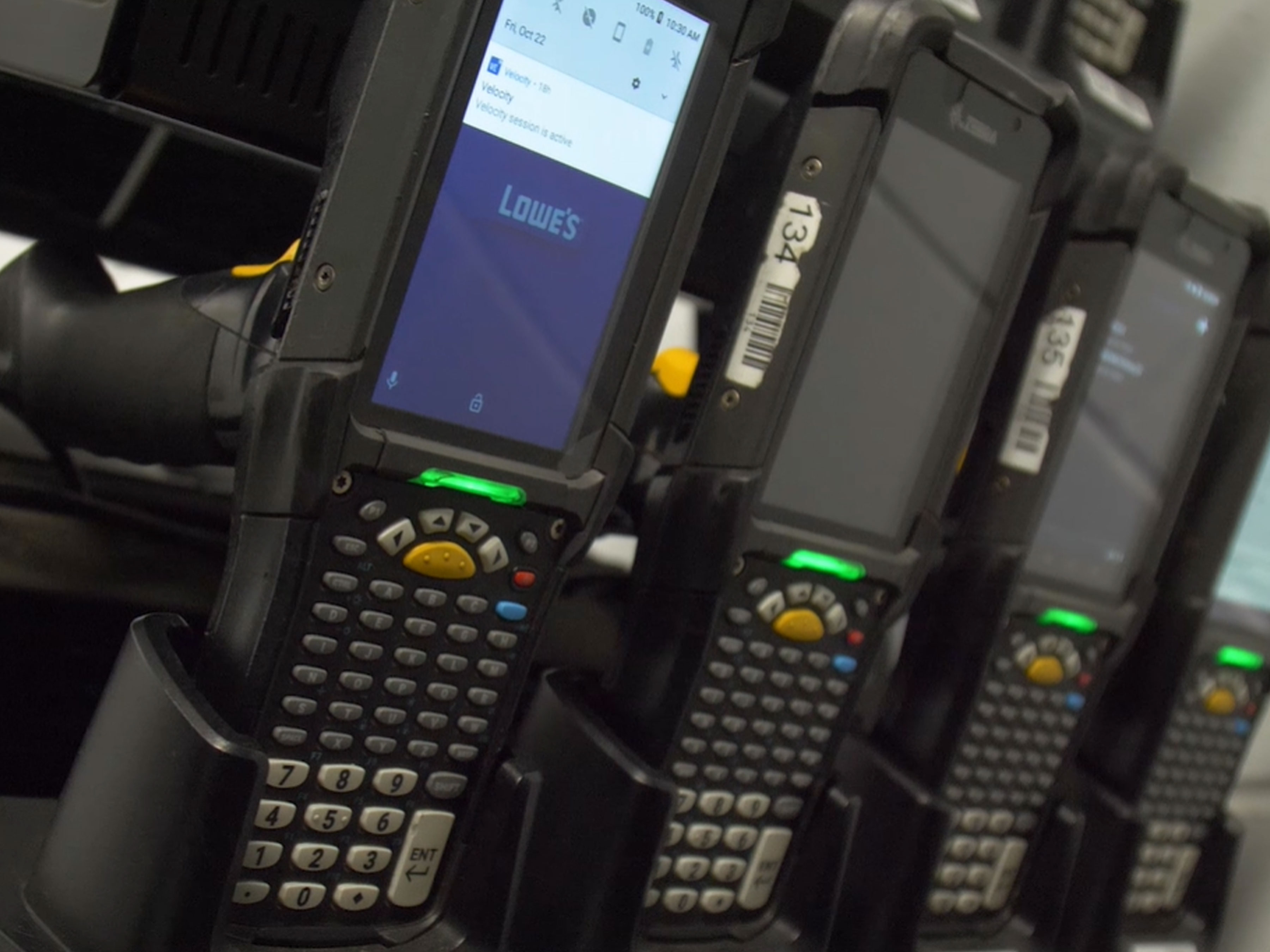
Lowe's Turns to New Tech to Manage Flow of Goods
As omnichannel retail continues to grow, Lowe's has committed to staying ahead of the curve. It is deploying technologies at a faster pace within its distribution network to meet the needs of consumers and associates.
Zebra Success Story: Lowe's Distribution Centers
Overview: Retail Challenge
With increased consumer demand, Lowe's needed its regional distribution center to be more efficient in receiving, putting away, picking, packing and shipping goods. With Zebra's help, the company implemented several mobile computing and printing solutions to help associates better manage surges and optimize the distribution process.
Benefits / Outcomes
The Zebra solutions have helped Lowe's streamline distribution center's operations and better manage fluctuating supply and demand. Associates stay better connected via Zebra's mobile devices, while Zebra printers are used to label inventory, e-commerce orders and print associate badges. The new technology has made the overall fulfillment process run quicker and smoother.
Customer
Lowe's
Wilkesboro, North Carolina/USA
Industry
Retail
Solutions
About Lowe's
Lowe’s completes approximately 19 million customer transactions a week from nearly 2,200 stores in North America. The company is a world-class omnichannel retailer with an intense focus on building its operational capabilities to better serve homeowners, renters and professionals in improving their homes and businesses.
Over the last several years, Lowe’s has made strategic investments in merchandising excellence, supply chain transformation, operational efficiency and customer engagement. Thanks to this proactive strategy, it was well prepared to rapidly respond to changing consumer demands brought about by the pandemic. Working with Zebra, the business doubled down on its technology investments in its stores and regional distribution centers (RDCs) to ensure it could meet and exceed heightened consumer expectations. “We’ve seen a steady increase in our net promoter scores, and we believe a big part of that is based on Zebra’s mobile technology,” says Vincent Scalese, Senior Vice President of Store Operations at Lowe’s.
According to Lowe’s leaders, they had a clear choice at the onset of the pandemic. The company could have easily slowed down and frozen changes. Instead, it started deploying both consumer and associate-facing technologies at a faster pace. This approach helped Lowe’s better prepare for demand surges, changes in customer channel preferences and supply variability.
The Challenge
Lowe’s has accelerated its digital transformation strategy to keep up with demand surges, supply chain variability and customer channel preference. Zebra’s hardware, software and services enable Lowe’s RDC teams to upgrade and scale their technology solutions faster.
After the successful rollout of Zebra mobile computing and printing solutions in its retail stores, Lowe’s applied some of the same technology to improve operations at its RDCs.
Zebra devices and software applications power faster and more accurate inbound receiving and put-away operations within the RDC environment and streamline critical outbound tasks such as picking, staging and loading.
Technology impacts everything within our store operations and our customer experience, and it’s woven into every fabric of what we do.
The Solution
Mobility and Visibility Strengthen Inbound and Outbound Operations
The retailer relies on Zebra’s mobile computers to maximize inventory visibility and improve accuracy. Both the TC7x Series and MC9300 handheld mobile computers have integrated barcode scanners that help assure fast and accurate barcode scans. Wearable devices, like wrist-mounted computers and wearable Bluetooth scanners, enable the hands-free completion of tasks like picking and order packing. Vehiclemounted scanners allow faster barcode verifications for receiving boxes and pallets at the dock.
Zebra devices offer improved scan engines over legacy devices and drive greater accuracy and efficiency in scan-intensive tasks. With a more extended range and additional scanning angles than legacy and camera-based scanning devices, associates can complete their jobs more quickly, regardless of the size, condition or number of barcoded items.
Zebra also enables faster printing across the distribution center, from shipping labels to associate badges. Mobile printers allow front-line workers to produce e-commerce labels on the go, while industrial printers are used for larger shipping labels. The ZE500 print engine was installed in each RDC and enables automated, print-and-apply labeling on conveyor lines. This powerful print engine can stand up to heavy workflow demands without slowing anyone down.
Equipping RDCs with the Right Tools to Communicate
Similar to the stores, introducing next-level mobility and better communication across company operations required Lowe’s to migrate more capabilities onto the enterprise-grade Android platform and away from dated green-screen applications. Lowe’s is deploying TC7x mobile computers to its front-line RDC workers to manage all communications and tasks within a single platform. The rugged TC7x combines smartphone capabilities with a powerful barcode scanner, camera and PTT app in a single device. Added 4G LTE functionality ensures the devices continue to provide superior communication even in areas where Wi-Fi is hard to access, such as the yard.
Lowe’s Android application engineers are currently building native apps specifically for the Zebra devices. The company has also enabled enterprise asset management software on the Zebra touch screen devices and is planning to add new apps in the near future, including one that provides access to its records management system.
Improving the Associate Experience
Lowe’s is in the business of providing excellence in its products and customer experiences, and creating an ideal environment for associates is the first step. As omnichannel grows, more products will pass in and out of distribution centers, making it critical to improve the employee experience across facility functions.
Android-based mobile devices are intuitive and easy to use for associates who employ smartphones and other consumer devices in their everyday lives. With a dedicated training app on the Zebra devices, onboarding of RDC associates is fast and simple. Many are up and running within hours. This on-demand learning capability is key to overcoming any potential labor shortages or other unexpected market disruptions in the future, as it enables Lowe’s to quickly scale and upskill its workforce as needed.
The retailer also prioritizes its associates’ well-being by investing in user-friendly, ergonomically designed technology. Zebra’s TC Series and MC9300 mobile computers have proven to be easy on the hands and wrists of employees who spend much of their time scanning, which helps avoid injuries due to overuse. Lowe’s plans to invest in more hands-free solutions like Zebra’s RS5100 wearable Bluetooth scanners and the WT6000 wearable mobile computer so that all employees will have the option of a wearable versus a handheld computer.
The Zebra Difference: Outcome and Benefits
Devices that Stand Up to the Task at Hand
Zebra’s mobile computers have the rugged capabilities needed to withstand all-day use across various working environments. They have superior battery life and can perform through an entire shift of continuous use on a single charge, avoiding costly and inefficient downtime.
According to Lowe’s, device downtime is a pain point. The company reports that the new batteries are 50% better than the old ones it was using in the RDCs.
The batteries are hot swappable, meaning the devices do not have to be powered down while a user takes out the dead battery and inserts a fully charged one. They also feature enhanced battery monitoring technology that lets associates and IT staff know via the Zebra VisibilityIQ™ dashboard when batteries are nearing the end of their life, allowing them to be swapped out proactively before creating a stall in operations.
Achieving Best in Class Omnichannel Retail
The Lowe’s mission to deliver the right home improvement products with the best service and value across every channel and community it serves is made all the more possible by its more than 300,000 associates, augmented and supported by powerful technology solutions. As Scalese summarizes,
“Technology impacts everything within our store operations and our customer experience, and it’s woven into every fabric of what we do.”
